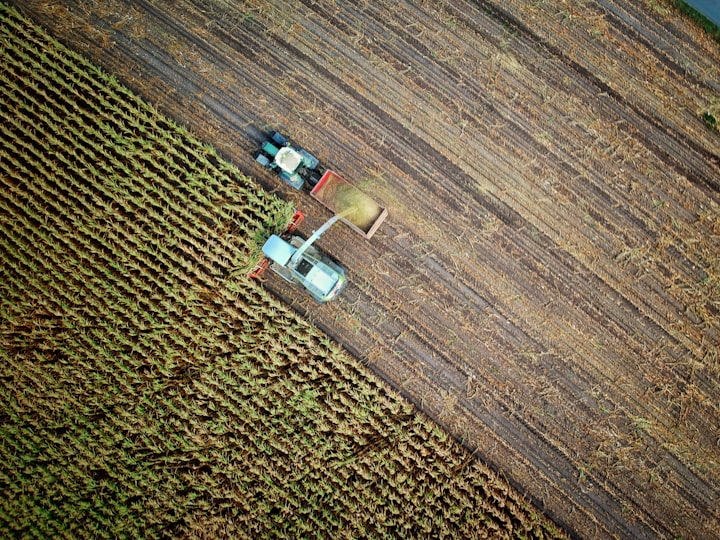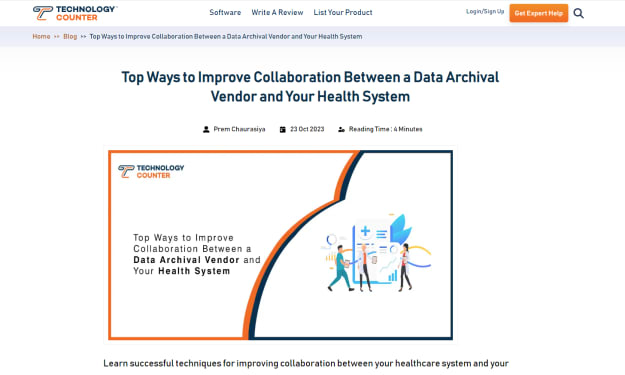The importance of water in agriculture
agriculture

Agriculture uses an astonishing 70% of all freshwater worldwide, and around a third of the water in agriculture is linked to meat and dairy production. (1) By far, the largest part of livestock’s ‘water footprint’ stems not from providing water for animals to drink, but from the water used to grow the grain – e.g. wheat, maize/corn and oats – fed to intensively farmed animals. (2) The UN Food and Agriculture Organization states: “Often, over 90 percent of the water consumption in livestock and poultry production is associated with feed production”. (3)
Watercolours: green, blue and grey water footprints
Researchers say that a key component to understanding the water in agriculture is the water footprint of food, which consists of three components: green, blue and grey water footprints. Green water refers to the rainwater consumed. Bluewater is the volume of surface and groundwater used; this is mainly water used for irrigation. Grey water is the volume of freshwater needed to assimilate the pollutants generated in producing animals or crops.
Green water use is the least important of the three water footprints in farming regions with substantial regular rainfall. If rain falls on grassland, grass will grow irrespective of whether or not the land is used to rear cattle and sheep. Therefore, no green water will be saved by not using the grass for grazing animals. Blue and grey water, however, are crucial as the former is extracted from rivers, lakes and underground water. At the same time, the latter represents the pollution from farming animals and the crops needed to feed them.
Research shows that factory-farmed animals generally have much higher blue and grey water footprints than those farmed extensively in grazing systems or in integrated crop-livestock systems where most of the animals’ feed is produced sustainably on the farm. (4,5)
This is because much of the feed of factory-farmed animals comprises cereals – and large volumes of water are needed to produce these crops. Any further intensification of animal production systems globally will result in increasing blue and grey water footprints per unit of meat or milk produced.
Pollution in the water affects agriculture
The chemical fertilisers used to grow wheat, maize, and other cereals for factory-farmed animals contain large amounts of nitrogen. However, crops take up only 30-60% of this nitrogen. (6) Also, the feed given to industrial livestock has high nitrogen levels.
Pigs and poultry assimilate less than half of the nitrogen in their feed; most is excreted in their manure. The nitrogen the crops or the animals do not absorb runs off or leaches to pollute rivers, lakes and groundwater.
In marine ecosystems, the excess nitrogen leads to a surge in plant growth. When these die, their decomposition consumes oxygen, leaving areas largely depleted of oxygen. As a result, the body of water can no longer support fish and other life and becomes a ‘dead zone’, destroying the livelihoods of fisherfolk.
In the U.S., the Gulf of Mexico is home to a massive ‘dead zone’ – a place out at sea where nothing lives, an area of more than 6,000 square miles. The cause? Nitrogen run-off from the fertilisers used on farms in the U.S. Midwest growing corn and wheat to feed factory-farmed animals.
The water footprint of food consumption
Any animal product’s water footprint is larger than crop products with equivalent nutritional value. (7) Research shows that diets with only moderate levels of meat and dairy have much lower water footprints than the meat-heavy Western diet. (8,9)
For too long, food production has ignored the fact that, without care, finite resources like water (as well as soil and biodiversity) eventually run out. Decades of poor policy and management, misuse, and contamination of freshwater supplies have intensified water stress and degraded water-related ecosystems.






Comments
There are no comments for this story
Be the first to respond and start the conversation.